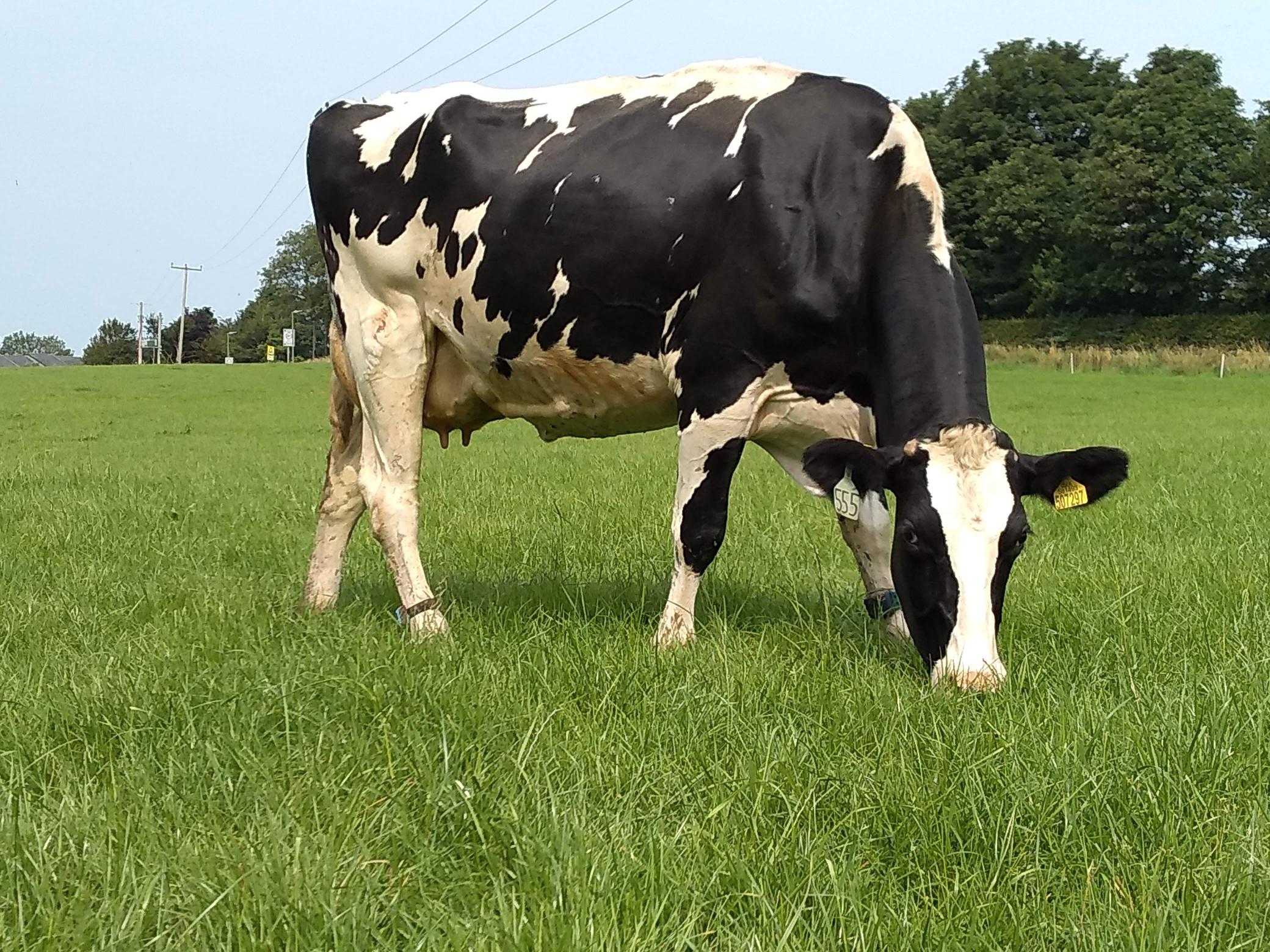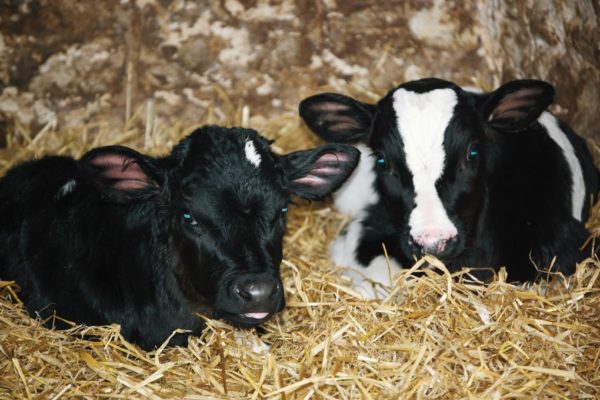MMN September 2024 – The Benefits of Metabolic Profiling
9 September 2024
Metabolic profiling is a useful management tool to assess the nutritional status of the dairy herd. Blood samples are collected at key times during the production cycle and analysed for various parameters to determine whether the ration is adequate in terms of energy, protein and mineral supply.
As the transition period is the time of greatest stress in the dairy cow and where the majority of health events occur (>75%), the key times to blood test are within 10 to 2 days of calving and 10 to 20 days post-calving. A mid lactation group around 80 to 120 days calved are also useful to check that the milking ration is capable of supporting milk production at this stage.
The numbers to test in each group will depend on the size of the herd and having sufficient numbers to sample at the correct time. It may be that sampling needs to occur on more than one occasion to make sure that a representative number of cows are sampled within the desired time periods. As a minimum, aim to test five cows, but for large herds, up to 12 will help give a more representative sample and clearer picture on nutritional status. Also, it is important that cows have been on a consistent ration for at least two weeks before blood sampling.
The table below details what parameters are commonly tested for (although other tests are available) and what they indicate.
| Blood parameter | What it means? |
|---|---|
| Glucose | A very short-term measure of energy supplied from the rumen. Levels tend to be fairly stable unless cows enter severe negative energy balance. |
| Non-Esterified Fatty Acids (NEFA’s) | A short-term indicator of energy status and the degree of body fat mobilisation and negative energy balance. |
| Beta-hydroxybutyrate (BHOB) | One of the ketone bodies produced when cows are mobilising excessive amounts of body fat. This occurs at a slightly later stage in the fat mobilisation pathway compared to NEFA production. Indicator of long-term energy balance. |
| Urea | Indicator of effective rumen degradable protein in the ration for adequate rumen function. |
| Albumin | Indicator of long-term protein status. Low levels suggest a disease issue e.g. liver fluke or Johne’s. |
| Globulin | High levels indicate a chronic inflammatory condition such as mastitis or lameness. |
| Magnesium | Essential for calcium mobilisation at calving time to reduce slow calvings and milk fever related conditions. Also helps prevent hypomagnesaemia in early lactation. |
| Phosphorus | Important for normal reproductive function and energy metabolism. |
| Copper | Important for health, fertility and immunity. Levels tend to be relatively constant unless excessive over- or underfeeding. Liver biopsies are more accurate for copper status. |
| GSHPx (Selenium) | Indicator of selenium status over the past few months. |
Signs of disease can also be picked up by metabolic profiling, as indicated by low albumin and/or raised globulin levels. This may be a symptom of an inflammatory condition such as mastitis, lameness or Johne’s disease.
The blood test results should not be viewed in isolation and the following information is required to help make informed changes to nutrition and management:
- Ration information (including forage analysis)
- Body weight
- Body condition score
- Expected calving date
- Lactation number
- Actual or expected milk yield
While the ration on paper may appear to meet requirements, there are many housing and environmental factors that can affect the results and the cows’ nutritional status. For example, overstocking and inadequate feed space will tend to affect heifers and less dominant cows more. Other considerations are whether there are issues with ration presentation, such as silage not keeping well (spoiling), ration sorting and acidosis risk.
If signs of inadequate nutrition are evident, it is important to act and quickly! There is clear evidence that cows in negative energy balance both pre- and post-calving are less likely to get back in calf, take longer to start cycling and get pregnant later, extending the calving interval. This tends to be more common in cows that are over conditioned during the dry period. Fatter cows tend to have lower dry matter intakes and lose more condition in early lactation. Depending on the amount of body fat breakdown, this can lead to fatty liver during the dry period and then increase the risk of ketosis in early lactation. To arrange a metabolic profile test speak to your vet.
Lorna MacPherson, lorna.macpherson@sac.co.uk; 07760 990901
Sign up to the FAS newsletter
Receive updates on news, events and publications from Scotland’s Farm Advisory Service
















